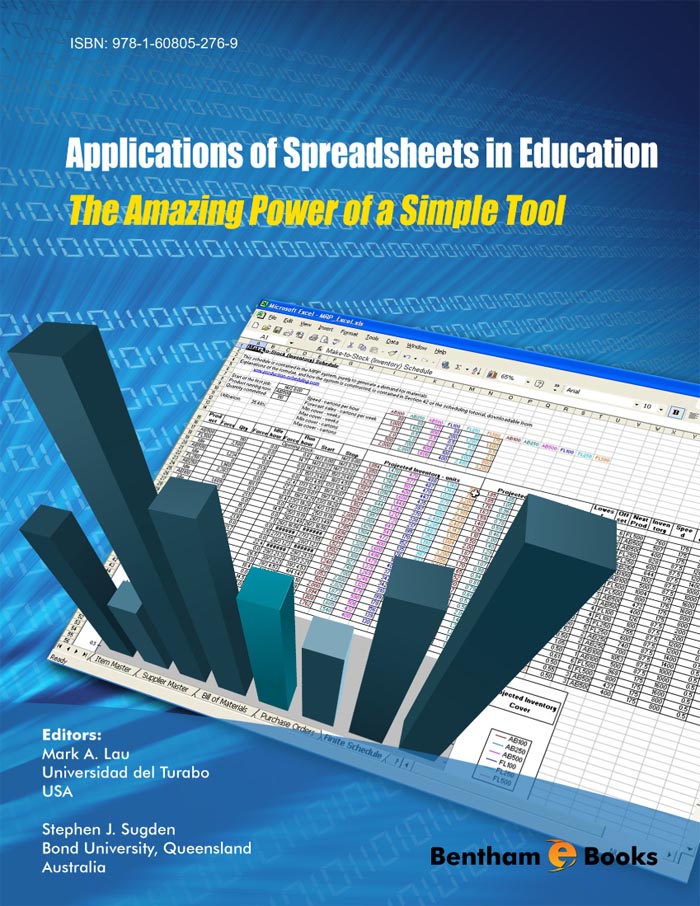A little over 30 years have passed since the first spreadsheet, VisiCalc, made its appearance as an exciting and effective computer tool for accounting and business modeling. In the ensuing years, educators have increasingly recognized that the spreadsheet has extraordinary potential for other applications as well. Today, not only are spreadsheets, as exemplified by Microsoft Excel, among the most widely-used modeling and mathematical tools of the workplace, but they also find abundant use in diverse areas of education. In addition to business-related areas, usage flourishes in mathematics, the natural and social sciences, engineering, and many other areas. The spreadsheet's natural, approachable tabular format and its operations that are acquired readily make it accessible to students. With their formidable graphics features, user tools, and programming capabilities, spreadsheets are effective tools for teachers, students, and researchers.
Yet, even today the value of spreadsheets in education is not always fully recognized. To address that situation, this book supplies readers with a substantial variety of educational applications for spreadsheets, from fields such as engineering, mathematics, science, and business. The diverse applications show two principal ways of using a spreadsheet. First, it is a natural tool for designing applications directly from first principles and then experimenting with the resulting model. Second, it provides an accessible way to implement models and algorithms that are first derived analytically by traditional methods. In either way, a major advantage of the spreadsheet approach is to make more topics accessible to students that may otherwise be too advanced for them.
Using the book's applications, instructors and students can investigate and interrogate the various models in the traditional "What if . . .?" spreadsheet manner by varying its parameters values. They also can visualize the results in both the attractive graphs and the well-designed spreadsheet displays that are presented.
The examples provided include a number that are of a sophisticated nature, showing how spreadsheet usage can be extended to more complex problems. Several examples examine models that use a difference equation approach that is natural for the spreadsheet medium to implement numerical analysis algorithms for topics coming from calculus, linear algebra, and ordinary and partial differential equations.
Throughout the book readers also will encounter the use of powerful tools provided on a spreadsheet such as Excel, including built-in and user-designed functions, matrix operations, a solver, sliders, and VBA programming. Finally, in addition to providing a wealth of useful examples, each chapter contains numerous references and a list of other related topics and problems to pursue, as well as ways in which spreadsheet usage can be incorporated into the classroom, assignments, and group projects. This book represents a very useful contribution to the literature on the educational uses of spreadsheets.
Deane Arganbright
Martin, Tennessee, USA
and Divine Word University, Papua New Guinea





